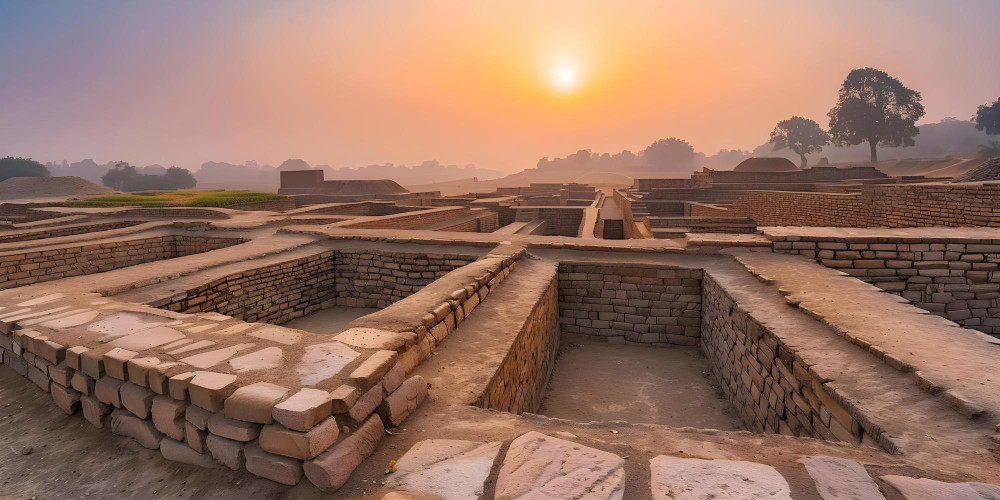As India braces for an unprecedented wave of urbanisation, with over 600 million people projected to live in cities by 2036, its cities face mounting challenges, ranging from infrastructure deficiencies and inadequate housing to the impacts of climate change. Amid the informal and unplanned urban sprawl that characterises much of India's current urban growth, we can draw lessons from one of the world’s earliest urban planners of the Indus Valley Civilization (IVC). While separated by millennia—spanning approximately from 3300 to 1300 BCE—the fundamental wisdom behind the IVC's approach to city planning still resonates today. From advanced urban planning to sustainable resource management, the IVC offers timeless lessons that could benefit the sustainable development of contemporary Indian cities. This dual approach can provide a sustainable roadmap for urban resilience, growth, and inclusion while addressing current challenges. In Primus Partner’s latest report, ‘From Mohenjo-Daro to Mumbai’, we go back to our roots and derive important lessons on town planning for the modern day from ancient civilisations like the Indus Valley Cities – Mohenjo-Daro and Harappa.
- From Mohenjo-Daro to Mumbai - Merging Ancient Wisdom of Town Planning With Modern Solutions
- Barrierless tolling in India | Towards Efficient, Sustainable & Innovative Infra
- India’s Exhibition Industry: How can India be among the Top 5 Global Exhibition Markets
- The evolving impact of duties and tariffs on India steel sector


